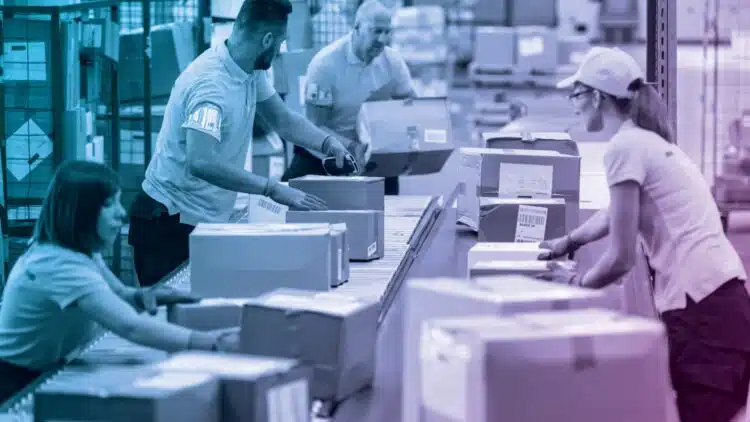It’s no secret that data is the foundation for a world-class logistics strategy. It’s also no secret how to find the right data, yet many companies struggle with this. Companies have a lot of data, but not the data they can use effectively. The common issue I hear from logistics managers is they don’t trust their data. This is because the data isn’t clean. Without clean data, it’s impossible to develop or deploy a sound strategy or accurately diagnose issues.
Data You Can Trust is Clean Data
Two hurdles that hinder getting data you can trust, or clean data, are sheer volume and variety. When dealing with logistics data, a company may have thousands of trading partners with each one creating data per their own standard. Then throw in the mix the fact that many of the shipments are tendered to the carrier by hand (using a handwritten bill of lading). When a vendor handwrites a bill of lading for a shipment that is destined for you, the carrier must manually enter in the handwritten bill of lading before the data can be transmitted to you. Keeping this type of data clean and standardized requires a very sophisticated system built to understand how the data is being created (through multiple manual steps).
Many companies and logistics firms are using the systems that generate their shipments as the repository for this data. The issue with this situation is that these systems are built to work with one partner’the company that is using them, and not the thousands of partners that are creating the data. These systems also can’t capture transactions that did not originate from their environment. Without complete data, the data cannot be trusted.
Gaining Enterprise-wide Visibility
Using data to gain enterprise-wide visibility is often a goal of the companies we talk with. To achieve this, there are strategic decisions that need to be put in place first. The strategy must be holistic to encompass all of their logistics functions. Any issues with respect to their logistics management must be addressed, otherwise, the companies will be prevented from achieving their visibility goal. This includes any issue related to tendering freight to carriers, paying freight invoices, pulling reports to understand their charges, etc. All of these issues are a symptom of the same problem-the company doesn’t have clean data. In each of these processes, the companies have almost always introduced a workaround. The problem is the workarounds do not fix the underlying issue but instead amplify the effects from lacking clean data.
Common workarounds include using a team of people to load rates into their TMS and then manually dealing with the tender issue. Or a rate tolerance may be put in place to allow freight bills to be paid in a timely manner, so they can stay within terms. Another common workaround is using another team of people to manually pull data, cleanse it, and standardize it but often this is done months after the fact which renders the data nearly worthless. To achieve the desired enterprise-wide visibility, a company needs one logistics solution built to handle all these issues, because they are all related. Without solving all the related issues, the company can never obtain clean data they can trust.
Clean Data You Can Trust from RateLinx
The RateLinx solution is built to capture and clean logistics data to provide a data foundation you can trust. Our visibility tools TracLinxSM and Intelligent Invoice ManagementSM (IIM) create an ecosystem with ShipLinx TMS. With clean data from the visibility tools, ShipLinx provides the intelligence you need for a world-class logistics strategy. Using a proprietary combination of API and EDI feeds, our visibility process starts with Track & Trace capturing 214 data and uses IIM with the 210 invoice feed to fill in the gaps from the TMS 204 tender data, for those transactions that are originated outside of the TMS. Processed in real-time, you will find the data you’ve been looking for to solve your most challenging logistics issues.




